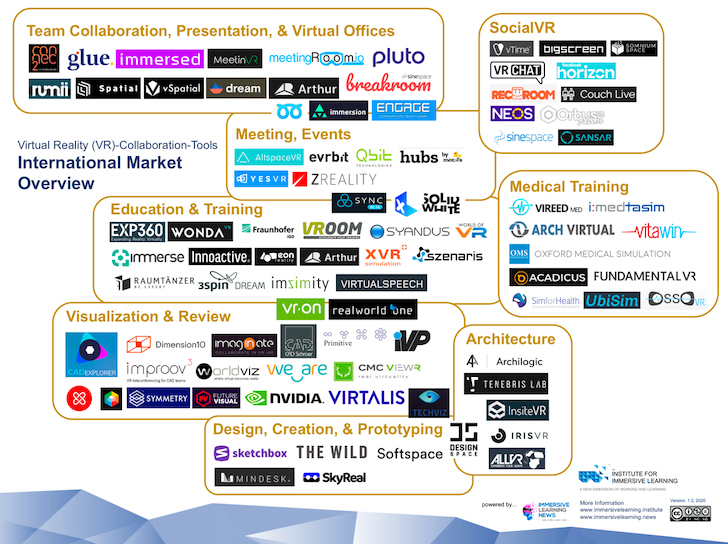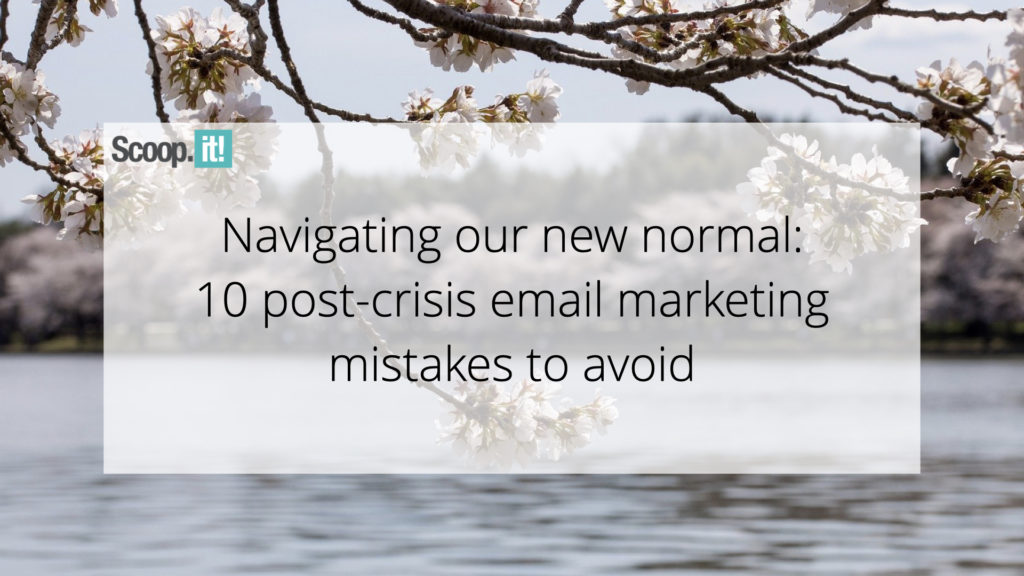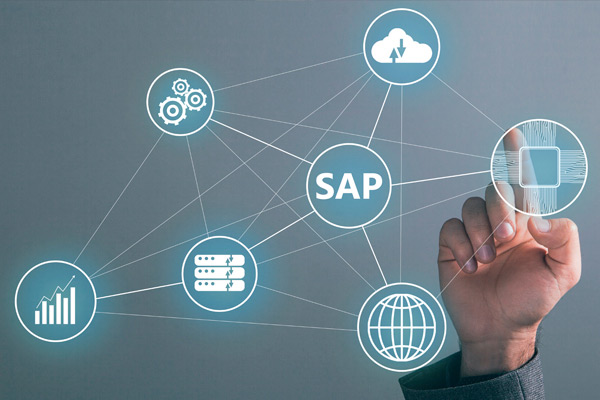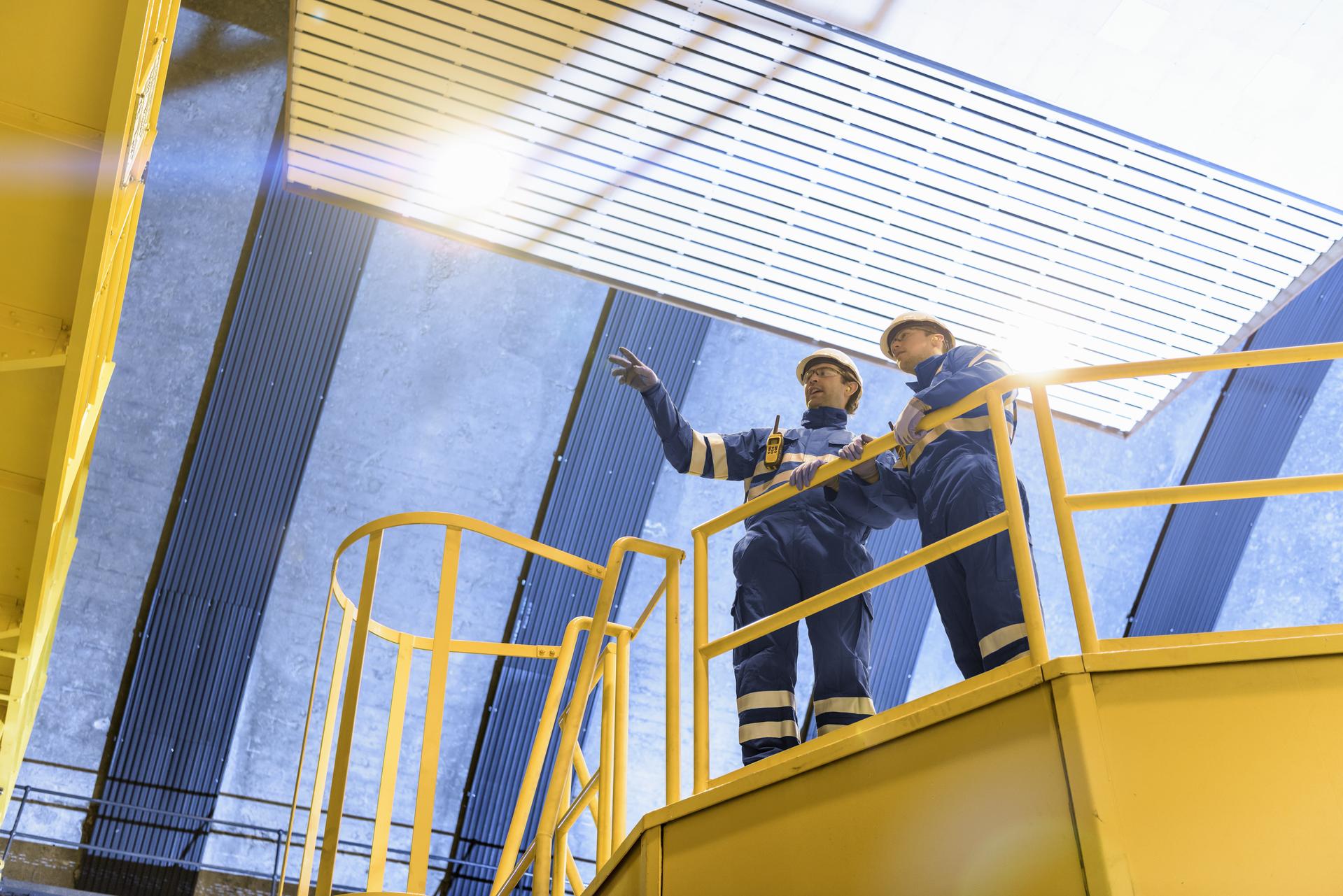Martech in the metaverse: 5 takeaways from a lively roundtable discussion

Table of Contents

What is the metaverse? What will it indicate for advertising and marketing and martech?
Past 7 days, I led a roundtable discussion with a few leaders of martech providers — Acquia CMO Lynne Capozzi, Wistia CEO Chris Savage, and Persado COO Assaf Baciu — to take into consideration these issues from quite a few distinctive views. (With kudos to Samantha McGarry at Inkhouse PR for arranging this session.)
The video clip of our discussion is involved below, but below the main details I took away from our session:
Takeaway #1: The metaverse is not (just) hype.
The metaverse is currently below. In fact, dozens of metaverses are by now in this article these days. Indeed, we’re dwelling in a multiverse, Spider-Person. They are generally monitor-based mostly gaming worlds such as Roblox and Fortnite. Observe that gaming is at present a $180 billion worldwide current market, and in-match marketing is envisioned to be a $56 billion worldwide market by 2024. I just read a stat from McKinsey that 200 million every month customers expend an normal of 2.5 hrs a day on Fortnite and Roblox.
This is a legit channel nowadays. It will be a huge channel in the future.
Now, only a small share of online games offer immersive 3D activities by way of VR gadgets now. But the engineering is advancing quickly. Metaverses are enhancing iteratively all over us. And when the buzz ought to be taken evenly, there is fireplace listed here, not just smoke.
At the starting of this yr, I pointed out 3 large innovation trends in martech — commerce, Big Ops, and no-code. Not only was the metaverse not provided in people best a few, I cited it as “still early” in 2022 below an omissions heading. Relative to the scale of my major picks, I even now feel which is legitimate. But martech moves quick. What is an early adopter know-how currently, rapidly gets a mainstream greater part technologies tomorrow.
A person signal of the scale of the metaverse wave underway is the proliferation of distributors in the place mapped in big and rising landscape graphics — what have I wrought? — such as one by CB Insights, an additional by NewZoo, and this one particular from Jon Radoff:

(You can argue that it is the same phenomenon with blockchain technologies these as cryptocurrencies and NFTs. I’ll get to those people in a moment.)
Takeaway #2: It is a fragmented multiverse.
Emphasizing the point built in passing earlier mentioned: there will not be one metaverse. There will be dozens, hundreds, even 1000’s of them. For advertising and marketing and martech, this foretells a huge, fragmented landscape.
Of system, martech pros know better than most that fragmentation breeds its individual remedies. As with world-wide-web advertising and marketing, it’s doable that a tiny oligopoly of “ad” networks will supply a unified interface to managing all these channels as a common pool — effectively serving as metaverse ad aggregators.
But I place “ad” in rates right here due to the fact the immersive, interactive nature of metaverse encounters lend on their own to much more novel strategies of participating with an viewers. For instance, a virtual pop-up stand with in-metaverse products and services, objects, and transactions. The functionality obtainable is likely to change extensively from 1 metaverse to the upcoming. It is not just billboards and solution placement.
I’m sure a set of normal “ad” models will arise. But they are probable to be additional various and far more complicated. Think of them as packaged mini-apps extra than static content material property. (Of course, apps within applications — kinda meta.) I consider this will make a greater prospect for martech instruments that generate, handle, and distribute meta advertising and marketing mods across different multiverses.
A no-code multiverse marketing platform? Probably.
Takeaway #3: It’s not just entertaining and online games.
Although video games and other varieties of enjoyment — these as concert events in the metaverse — are the place most of the engagement is today, we presently see experienced use situations emerging.
Digital activities took off during the pandemic. And even though true-earth activities — fingers crossed — are beginning to reignite, the added benefits of digital situations ensure that they will carry on and multiply. They are more cost-effective to make and to go to, which democratizes who can host them and who can participate. They have a decreased carbon footprint (caveat: assuming we never blockchain the heck out of them).
But admittedly, virtual gatherings that are effectively just a video conference broadcast have their limit on engagement (hi there, Zoom fatigue). A poll of experts by Nature confirmed that 74% wished virtual conferences to continue just after the pandemic — but 69% cited “poor networking opportunities” as their major disadvantage.
Much more immersive and interactive conference-like experiences in the metaverse continue to sense a bit clunky today, but they have a lot of room for innovation. They will gain from the rapid development of this engineering in the gaming sphere.

Intently relevant are virtual coaching and collaboration environments. The above landscape from the Institute for Immersive Finding out captures a sample of the platforms providing these capabilities currently. These mix into unique expert use situations for fields these as architecture and style and design.
One vendor that plays a enormous but underappreciated part in this nowadays is Autodesk, which gives state-of-the-artwork resources for making superior 3D digital assets. (A grateful shout-out to them for also contributing to The Stackies very last calendar year. And a reminder that you can even now enter your martech slide in the 2022 Stackies right before the conclusion of this month.)

In the globe of martech, all of these remedies — events, teaching, collaboration, virtually executed commerce for actual physical objects and belongings that can be represented in a a lot more persuasive, immersive style — have guarantee. Present platforms in your stack from DAM to DXP will will need to adapt to guidance these capabilities. There will be new goods for ever-more-highly developed virtual situations and mastering ordeals.
And if you imagined attribution was a tough challenge in today’s advertising and marketing menagerie, the martech that will emerge for attribution in the metaverse will be a total new adventure.
Takeaway #4: Indigenous NFTs and cryptocurrencies
In our roundtable discussion, it was appealing to have both equally advocates and skeptics on the latest point out of NFTs and cryptocurrencies. In entire disclosure, I’m continue to on the fence. I feel the blockchain paradigm has a huge long run in a vast wide variety of apps. The present-day wave of cryptocurrencies and NFTs is far more of a mixed bag of what is actual and what’s fad, at least in my non-ape viewpoint.
But a position that resonated with me in our discussion is that the increase of the metaverse is very likely to give a a lot more indigenous natural environment in which NFT-like belongings have higher meaning and price. So people adventurous souls paying significant on digital products and authentic estate may turn out to be geniuses.
On the other hand, this will rely seriously on what metaverse platforms themselves permit. For all the converse of decentralization, practically all of the metaverse environments nowadays are running on centralized platforms. People system house owners have huge handle over what exists inside of their digital truth and the economies that create in just them.
Even though they’re however the two in a hugely fluid, early stage of advancement, there is a symbiosis in between these two technologies. In quite a few ways, they fortify each individual other’s progress.
Takeaway #5: The very best way to discover is to experiment
Now, as a martech man or woman, I’m sensitive to the accusation of shiny item syndrome. So I’m most surely not suggesting that you run and reallocate a large chunk of your time and funds into the metaverse.
Having said that, we master by performing. And arguably a a great deal higher threat in one’s occupation is a calcification of assumed and diminishing acquisition of new capabilities. The metaverse is likely to be a big portion of our long run in marketing, and that object in our mirror is potentially closer than it appears.
So I was specially amazed by Chris Savage’s final decision to give all of his staff members VR headsets and get started experimenting with utilizing them. Since Wistia embraced a remote functioning environment, it helps make a great deal of sense to consider new ways to team engagement and collaboration. Partly for their immediate profit and partly because anything but Zoom can be a refreshing split.
Chris described a couple of the situations they played with, what labored and what didn’t. I’ll permit you listen to immediately from him in the movie beneath.
But at a higher degree, it was a reminder that in a discipline like martech that is continuously modifying at these kinds of a blindingly speedy speed, investing at minimum a minor bit of time — 5%? — in dabbling with emerging technological innovation is essential to retain up with where the industry is headed. Even learning 1st-hand what does not operate, at least not however, is beneficial understanding to guideline your considering for the highway ahead.
Really don’t just browse about it. Consider it.
Here’s the complete movie of our roundtable dialogue (or click this link from e-mail):








